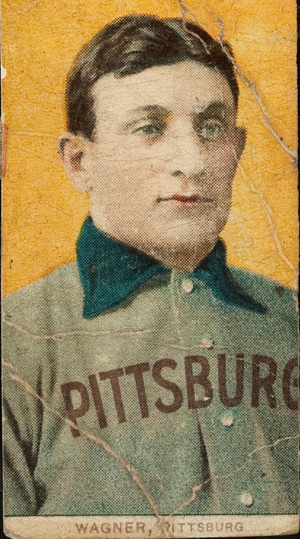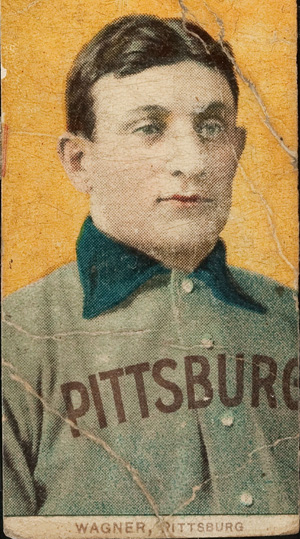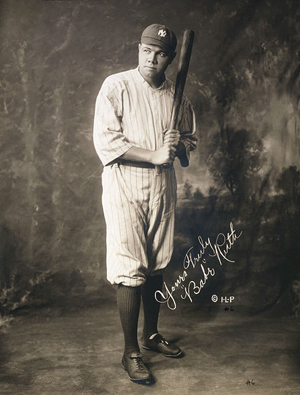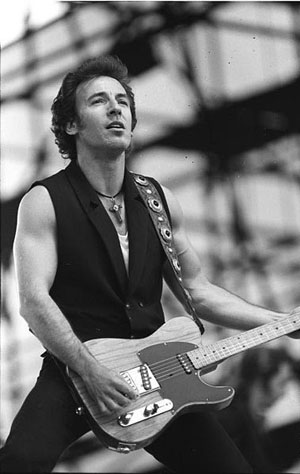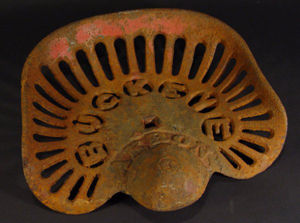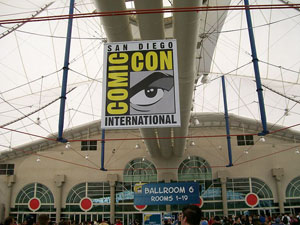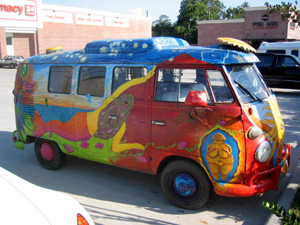TEMPE, Ariz. (AP) – She’s a young icon who’s captivated generations of tween and teen fans without the bad or tarty behavior some of today’s popular “it” girls are known for.
Nancy Drew, the demure, quick-witted detective of the popular mystery book series, turns 80 this year.
To celebrate, Changing Hands Bookstore in Tempe will host a birthday party Monday with Nancy Drew researcher and author Jennifer Fisher. It will include cupcakes, a scavenger hunt for kids and a retrospective on Nancy’s history and her look over the years.
“Nancy was such a fun, energetic, independent, bold character,” says Fisher, a Queen Creek resident at work on her second book about the Nancy Drew brand.
As a child, Fisher, 37, read the books written by a parade of ghostwriters under the single pseudonym Carolyn Keene about the confident, motherless young sleuth with a passion for unraveling tough cases. But Fisher fell out of their spell in college. Years later, she came across a vintage Drew novel and took up collecting the books. Now her collection of Nancy Drew memorabilia includes more than 4,000 books, collectibles, advertisements and ephemera.
“Most people remember ‘classic’ Nancy – the first 56 books published between 1930 and 1979,” said Fisher, who worked as a consultant on the 2008 Nancy Drew movie starring Emma Roberts. “But she’s still going. The classics still sell well, and they’re still being printed. Since 1930, there have been more than 500 Nancy Drew books published.”
Add to that several films, two television series, a handful of computer or video games, merchandise and the current line of Nancy Drew paperbacks, Simon & Schuster’s updated series Nancy Drew: Girl Detective, for 8- to 12-year-olds, and Nancy Drew and the Clue Crew for younger readers.
“They’re not quite as spooky or suspenseful, and they’ve started writing them in the first person,” Fisher said. “They’re definitely slicker, more modern. Everyone’s got cell phones, and Nancy drives a hybrid car now. Her friend, George, is a computer whiz.”
But while Nancy remains a beloved household name for many adult readers, she’s not exactly the mainstream sensation among youngsters that she once was.
“She was immensely popular and widely read up until the 1980s, and since then it’s been kind of hit or miss,” said Fisher. “You’ll find kids who adore her right along with kids who have never heard of her. Part of her popularity has a lot to do with moms and grandmas; the ones who really loved the books when they were young tend to pass them on.”
Fisher said that after the mania over modern series such as Harry Potter and Twilight, today’s kids may also be looking for more than the current books offer.
“They may be almost too modern and too short. Those more suspenseful, gothic elements from the classics have given way to a more modern style, and there’s not a whole lot of character development,” Fisher said. “The other thing is, Nancy’s very wholesome. There’s not a lot of romance, and you don’t have sex, drugs and all that stuff in there. Parents like her for that, because she’s a good role model, but in some ways, maybe that’s a little hokey to kids today.”
Whether youngsters perceive Nancy as a goody two-shoes or not, Fisher said there’s a reason she’s been a steady best seller for decades.
“Nobody wants to turn Nancy into Paris Hilton,” she said. “You can’t drastically change her, and maybe you don’t have to. Some people may find the classics a little old-fashioned, but the mysteries still hold up and really grip readers.”
___
Information from: East Valley Tribune, http://www.eastvalleytribune.com
Copyright 2010 Associated Press. All rights reserved. This material may not be published, broadcast, rewritten, or redistributed.
AP-WS-11-06-10 0301EDT


